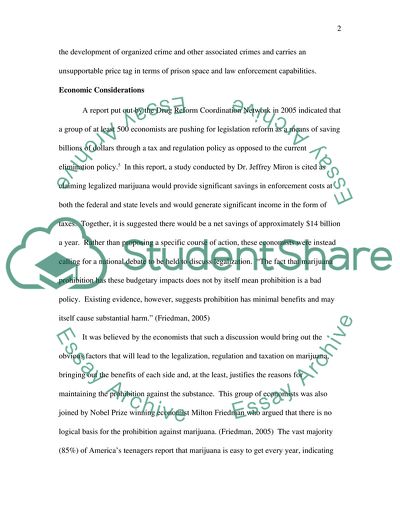Cite this document
(The War on Drugs Case Study Example | Topics and Well Written Essays - 2250 words, n.d.)
The War on Drugs Case Study Example | Topics and Well Written Essays - 2250 words. Retrieved from https://studentshare.org/law/1718856-legalizing-marijuana
The War on Drugs Case Study Example | Topics and Well Written Essays - 2250 words. Retrieved from https://studentshare.org/law/1718856-legalizing-marijuana
(The War on Drugs Case Study Example | Topics and Well Written Essays - 2250 Words)
The War on Drugs Case Study Example | Topics and Well Written Essays - 2250 Words. https://studentshare.org/law/1718856-legalizing-marijuana.
The War on Drugs Case Study Example | Topics and Well Written Essays - 2250 Words. https://studentshare.org/law/1718856-legalizing-marijuana.
“The War on Drugs Case Study Example | Topics and Well Written Essays - 2250 Words”. https://studentshare.org/law/1718856-legalizing-marijuana.


